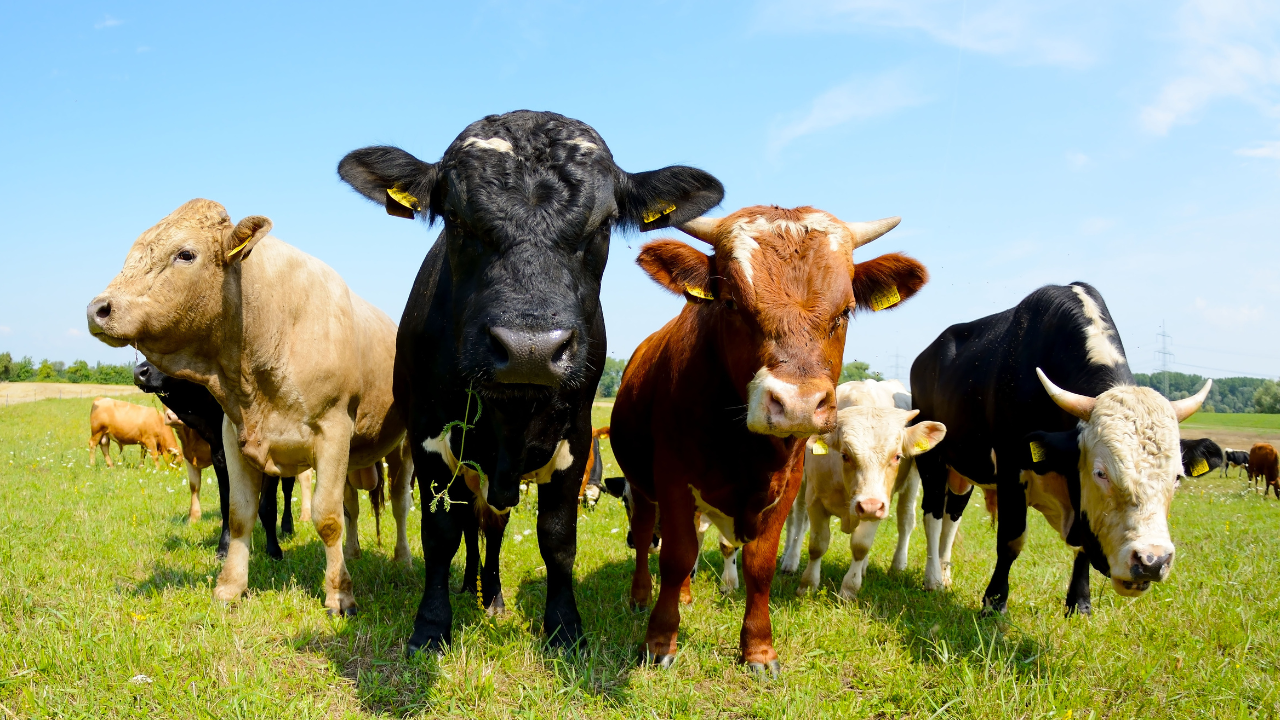American farmers could save money on taxes by claiming Federal and state research and development (R&D) tax credits.
No other industry is quite as essential to American life as the Agriculture industry. Agriculture tax credits can help farmers tackle challenges like a changing climate or new EPA directives.
While there are a lot of tax credits for value-added agriculture, many farmers don’t realize they could qualify for a Federal and state R&D tax credit too. Keep reading to learn more about these incredible financial resources.
How Can Agricultural Tax Credits Help Farmers?
No matter what your forte is in the agriculture industry, an R&D tax credit can provide immense support to your organization.
For example, the Federal R&D tax credit program could reward up to 10% of your qualified research expenditures (QRE) in the form of a credit. This tax credit can in turn reduce your payroll or income tax burden depending on certain criteria.
Which Agricultural Activities Count as QRE?
In today’s world of climate change and carbon reduction challenges, American agriculture devotees invest an extensive amount of time and money into research and development.
So, you may be realizing that you do quite a lot of experimentation on your own dime, but do you qualify for an R&D credit? Here are a few examples of specific enterprises that could qualify for such an incentive:
- Designing biodegradable lobster traps
- Developing irrigation solutions for climate challenges
- Creating new harvesting automation tools
- Developing new livestock breeding techniques
- Designing improved fishing hatcheries
- Constructing advanced soil additives to augment crop durability
- Experimenting with environmentally friendly pesticide design
- Attempting to create an improved feed for livestock
This is not an extensive list but hopefully it will open your eyes to how much R&D happens every day on your farm.
How is an R&D Tax Credit Calculated?
Now that you know what kinds of activities count toward your credit, you may be wondering how it is calculated. Your Federal R&D tax credit is based upon these three factors:
- The salaries/wages of your U.S. based employees conducting R&D for your organization
- The cost of 3rd party U.S. based contractors conducing R&D for your organization
- The cost of disposable supplies used during the R&D process
Pop these figures into an R&D tax credit calculator to get an estimate of how much your federal R&D credit will be.
It’s important to note that any R&D endeavor you undertake doesn’t have to succeed. Even if the project you were working on ultimately failed, you still can apply for the credit. These tax credit incentives are designed to encourage individuals to experiment and keep innovating.
In fact, you don’t even have to be a traditional farmer to qualify for these credits. For example, if you’re the owner of a farm equipment development company, a fertilizer manufacturing business, or a seed and plant company, you could still qualify for an R&D credit.
Of course, these are just a few of the businesses in the Agriculture industry that could apply.
Do States Offer R&D Tax Credits for Farmers?
Yes, many states offer an R&D tax credit that farmers can tap into. Be aware that each state program is unique, so you’ll need to check in with an R&D tax credit specialist to be sure your farm qualifies in your state.
If you don’t know if your state offers such a program, you can read this quick article to discover how to get a state R&D tax credit.
What You Need to Know About Agricultural Tax Credits for Farmers
Working to develop new farming techniques and equipment to fuel American society can be rewarded with Federal and state R&D tax credits.
These credits reduce the tax burden of innovative farmers. If your farm qualifies for both a state and Federal R&D tax credit, you could recoup over 10% of your R&D spending.
Reach out to the Bowers R&D Associates Research and Development Tax Credit Team today to learn more.

